How to spot the next recession
Here's what five important metrics say about the potential for a downturn
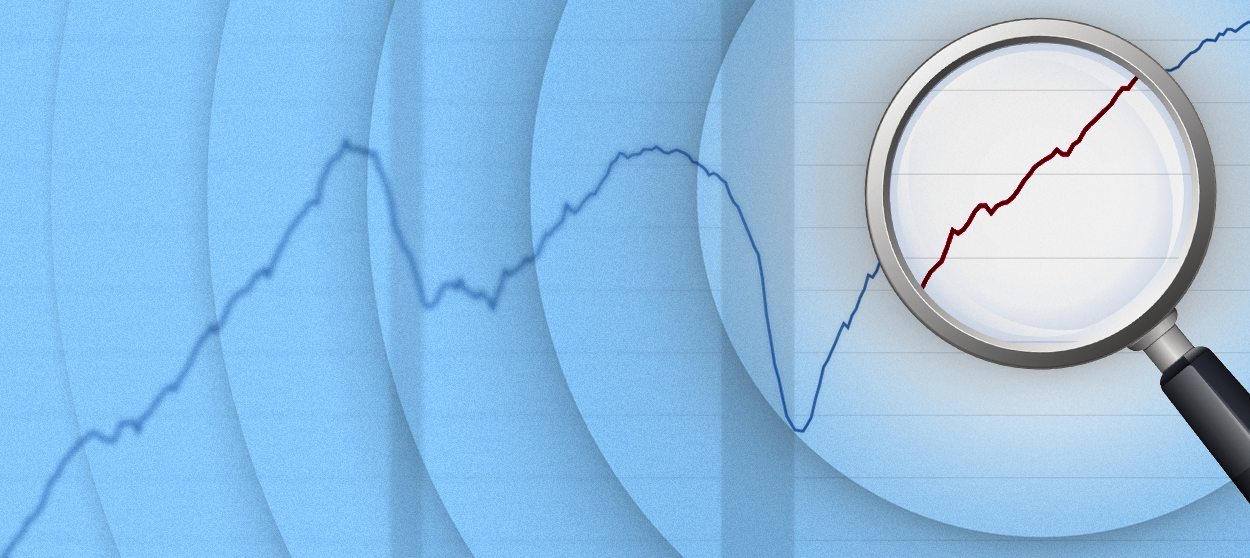

When will the next recession hit? That seems to be a question on everyone's mind.
It's been almost 10 years since the official end of the Great Recession, which makes the current expansion one of the longest in a century. At the same time, interest rates are rising, the stock market just had its biggest wipeout in years, and Google searches for "next recession" have jumped. The longer a recovery goes on, the more people inevitably start wondering when the party will stop.
Unfortunately, there's no surefire way to predict the next crash. But there are some handy indicators and rules of thumb that might give us a hint.
The Week
Escape your echo chamber. Get the facts behind the news, plus analysis from multiple perspectives.

Sign up for The Week's Free Newsletters
From our morning news briefing to a weekly Good News Newsletter, get the best of The Week delivered directly to your inbox.
From our morning news briefing to a weekly Good News Newsletter, get the best of The Week delivered directly to your inbox.
1. The junk bond spread
This is the difference between the returns on U.S. Treasury bonds and the returns on junk bonds. The former are the safest investments in the market, while the latter are among the riskiest. When the spread rises, the riskiest investments are getting riskier. Which could indicate an incoming recession.
There are lots of spreads you could choose from. Here's a handy one available on the Federal Reserve's data website. As you can see, the spread does indeed rise right before previous recessions. But sometimes it rises and falls again with no consequence, so there are some false positives.
At any rate, the spread is pretty low right now:
A free daily email with the biggest news stories of the day – and the best features from TheWeek.com
2. The yield curve
This is a fancy term for the difference between returns on 10-year Treasuries and two-year Treasuries. The idea here is that long-term investments are generally riskier than short-term investments, so the difference is usually positive. But when the difference goes negative (marked by the thick black line in the chart below) and two-year Treasuries are paying higher returns than 10-year Treasuries, then short-term investments have grown riskier than long-term ones.
That's the dreaded "inverted yield curve," and it's reliably predicted the last five recessions.
As of now, the yield curve is uncomfortably close to negative territory.
At the same time, the yield curve stayed low for years in the 1990s — during a boom time, no less — before finally turning negative. So the current low might be unsettling, but it doesn't necessarily mean an inversion is right around the corner. Instead, it's just largely telling us what we already know: that this is already an unusually long expansion.
3. The quits rate and the hires rate
The junk bond spread and the yield curve are more sophisticated than simply freaking out every time the stock markets take a dive. Still, they rely on financial markets and thus on the crowd behavior of generally rich investors. But what we really worry about with recessions are the livelihoods of ordinary people: wages, jobs, homes, debts. Financial markets have, at best, an ambiguous connection to those fundamentals. We should also look at other indicators that emerge directly from the labor market.
Take the quits rate. When the economy is booming, people actually quit their jobs more, because better opportunities are abundant. A healthy economy means a rising quits rate. Conversely, when the quits rate plateaus or starts falling, that often precedes a downturn.
Right now, the quits rate is headed up, with no signs of slowing.
The rate at which companies are hiring behaves in a similar way. Right now it's still climbing. As long as it doesn't level off or fall, we should be okay.
4. Temporary employment and layoffs
Another early indicator of a recession is employment through temp agencies. "When a company starts to see slowing demand for its goods and services and wants to shed workers, the first workers that they're going to shed are their temporary workers," Heidi Shierholz, the policy director at the Economic Policy Institute, explained to NPR. When temporary employment levels off and dips, that's generally been a warning sign that a recession is coming.
But so far, temporary employment seems to be doing fine.
Similarly, if the rate of all layoffs throughout the economy goes up, it's time to worry. But right now that rate is very low too, and shows no signs of rising.
5. Jobless claims
Another useful measure of the economy's health is how many people apply for unemployment benefits each week. The graph below actually uses an average of the surrounding four weeks for each data point, to smooth out the noise. But it shows what you'd expect: Jobless claims keep falling as an expansion continues, and then begin to rise shortly before a recession hits. Once again, though, there are false positives to look out for.
We could also throw in metrics like the ISM manufacturing index, which looks pretty good right now — though it's also pretty noisy. Other indexes try to combine lots of different measures like those mentioned above into one final metric. Those are looking pretty solid as well.
One final problem is that, while these indicators provide a kind of early warning system, it's not that early. Shierholz told NPR they'll generally give us at least six months.
We might also want to watch out for the simmering problems that could boil over into a recession, but aren't bad enough yet to set off alarms. Again, though, this is difficult. There are no obvious candidates for a repeat of the stock market bust of 2001 or the housing collapse of 2008. Student debt, while certainly a human crisis, likely isn't big enough to tank the economy. Corporate debt is a more plausible candidate, but depends on a confluence of payment due dates and rising interest rates that won't hit until 2021 or 2022.
While there are some modest reasons for concern, most of the economy's indicators suggest the expansion will keep chugging along. Taken all together, it appears we can rest easy.
For the moment, at least.
Jeff Spross was the economics and business correspondent at TheWeek.com. He was previously a reporter at ThinkProgress.
-
 Political cartoons for December 14
Political cartoons for December 14Cartoons Sunday's political cartoons include a new White House flag, Venezuela negotiations, and more
-
 Heavenly spectacle in the wilds of Canada
Heavenly spectacle in the wilds of CanadaThe Week Recommends ‘Mind-bending’ outpost for spotting animals – and the northern lights
-
 Facial recognition: a revolution in policing
Facial recognition: a revolution in policingTalking Point All 43 police forces in England and Wales are set to be granted access, with those against calling for increasing safeguards on the technology
-
 The pros and cons of noncompete agreements
The pros and cons of noncompete agreementsThe Explainer The FTC wants to ban companies from binding their employees with noncompete agreements. Who would this benefit, and who would it hurt?
-
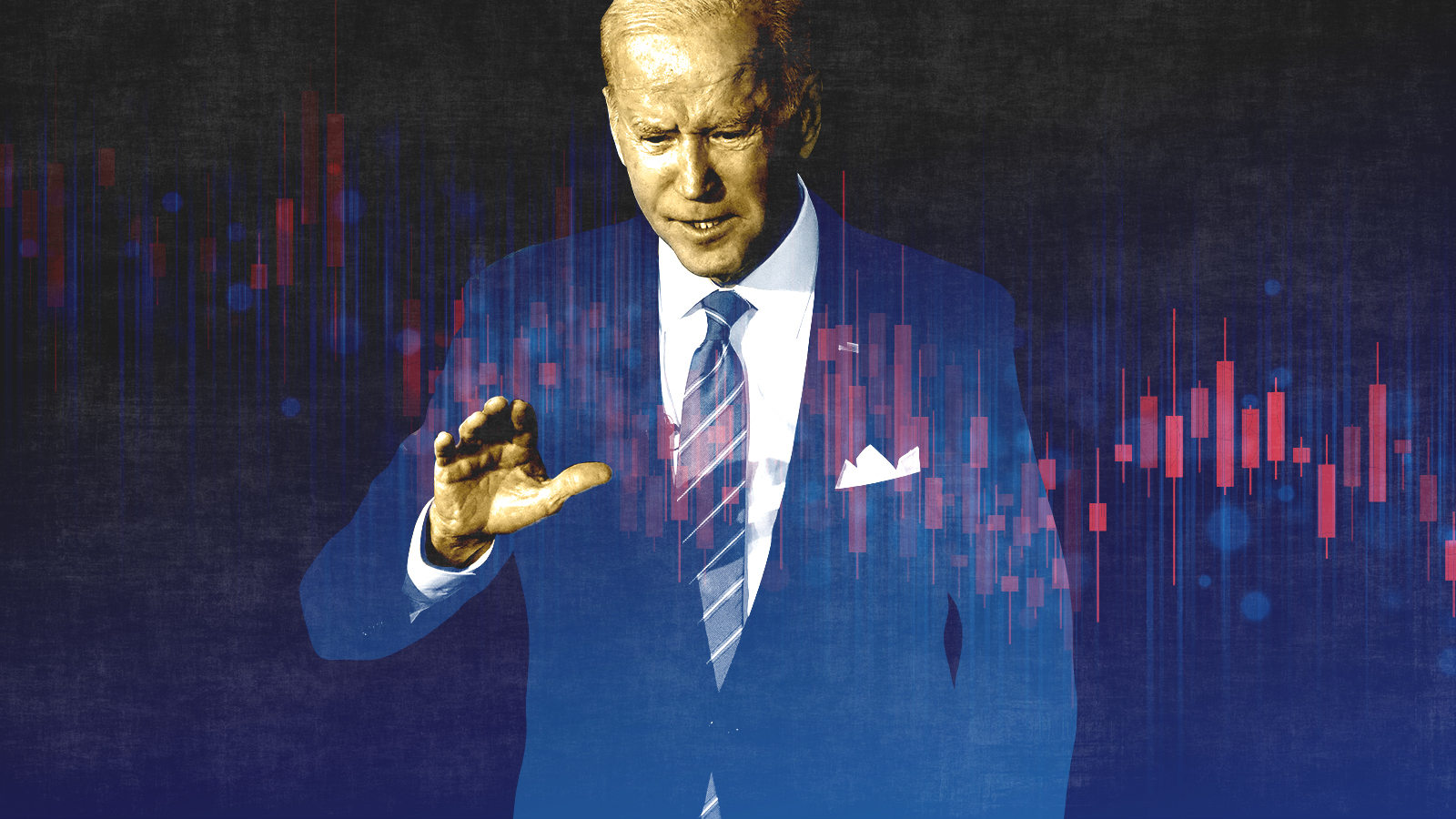 What experts are saying about the economy's surprise contraction
What experts are saying about the economy's surprise contractionThe Explainer The sharpest opinions on the debate from around the web
-
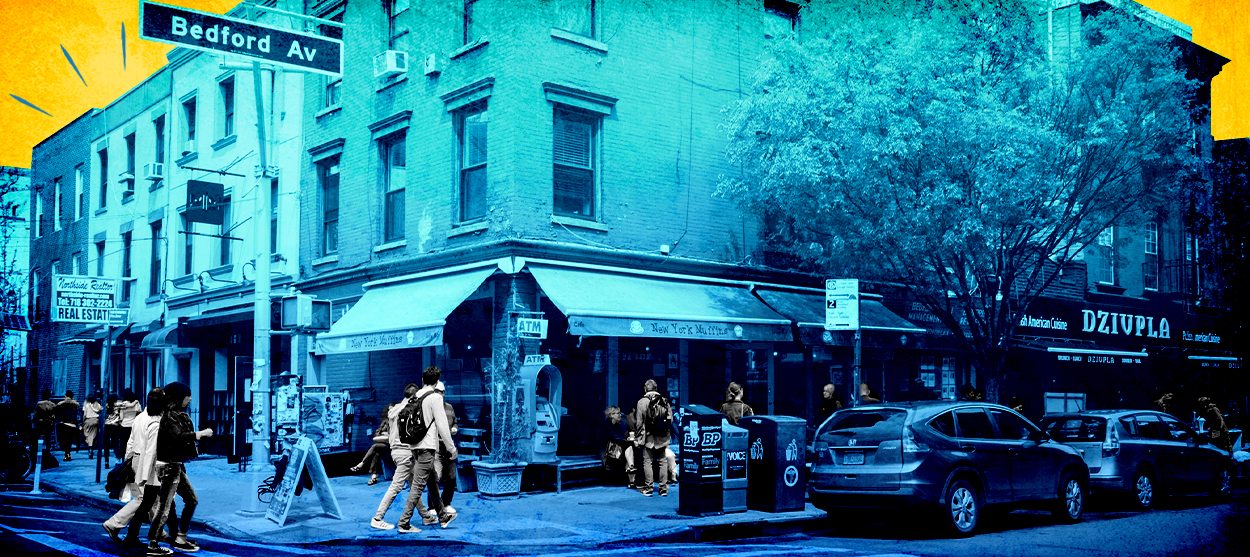 The death of cities was greatly exaggerated
The death of cities was greatly exaggeratedThe Explainer Why the pandemic predictions about urban flight were wrong
-
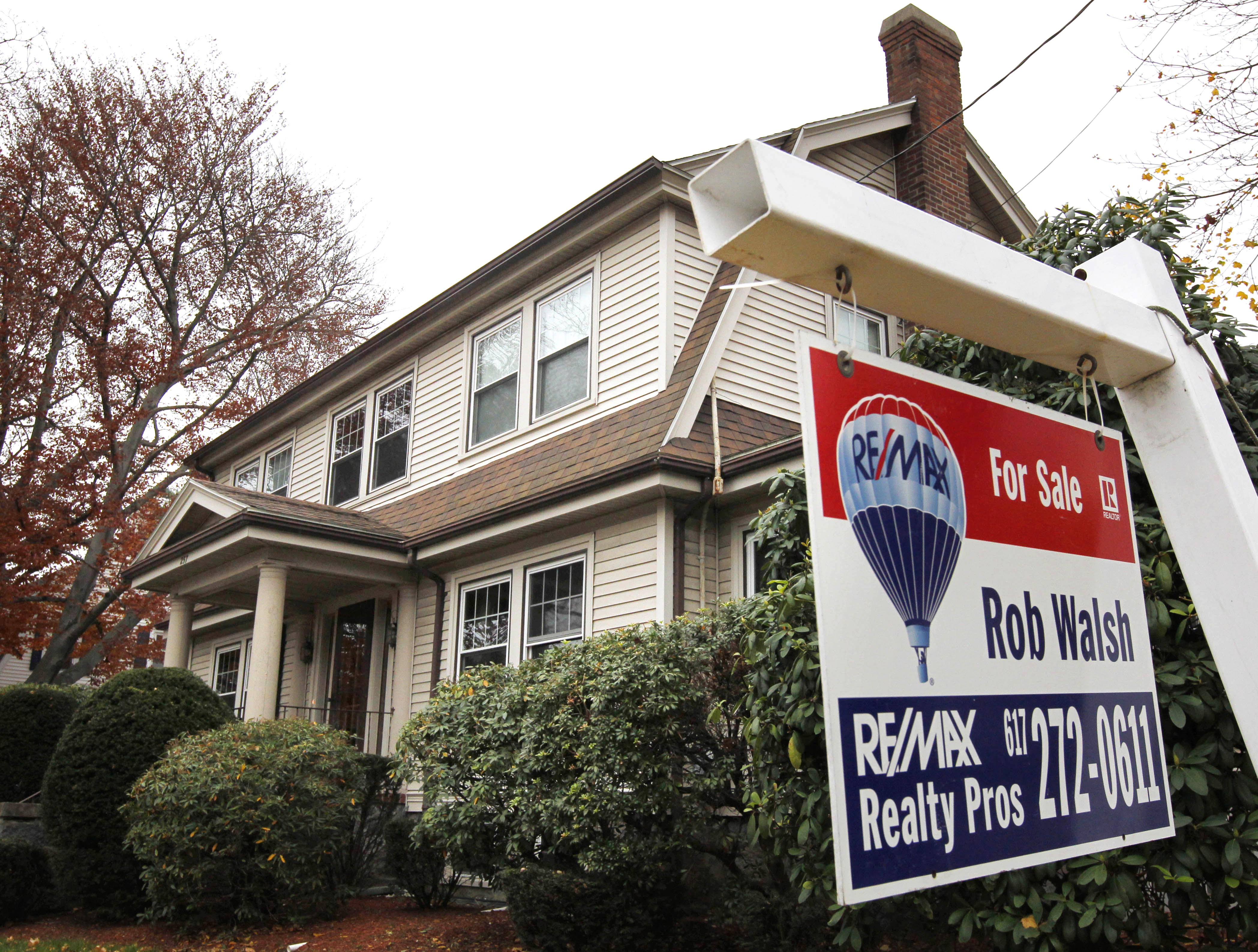 The housing crisis is here
The housing crisis is hereThe Explainer As the pandemic takes its toll, renters face eviction even as buyers are bidding higher
-
 How to be an ally to marginalized coworkers
How to be an ally to marginalized coworkersThe Explainer Show up for your colleagues by showing that you see them and their struggles
-
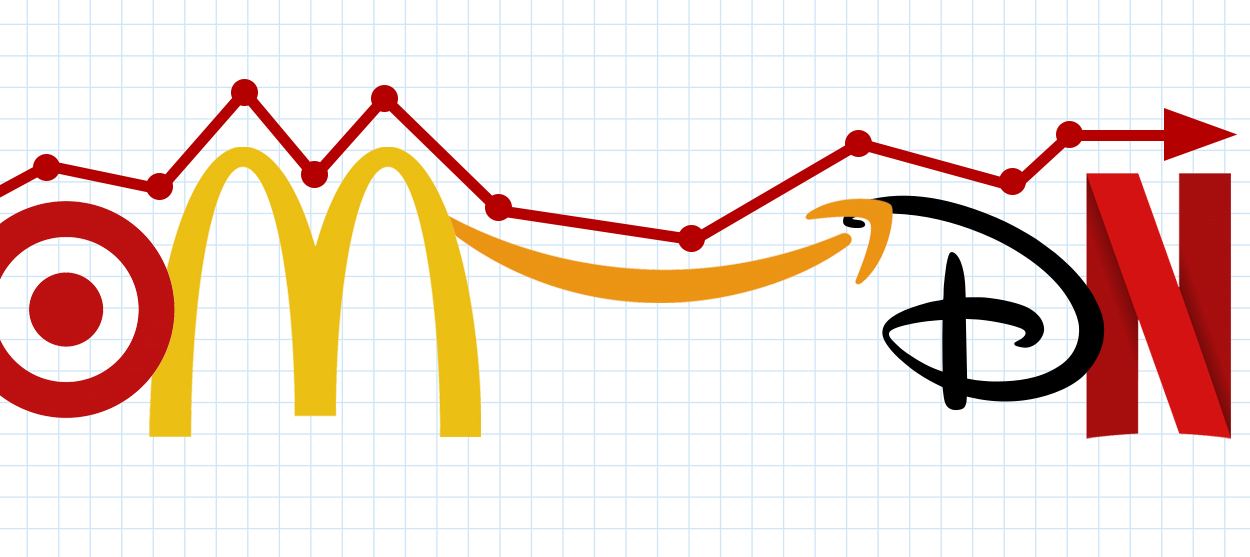 What the stock market knows
What the stock market knowsThe Explainer Publicly traded companies are going to wallop small businesses
-
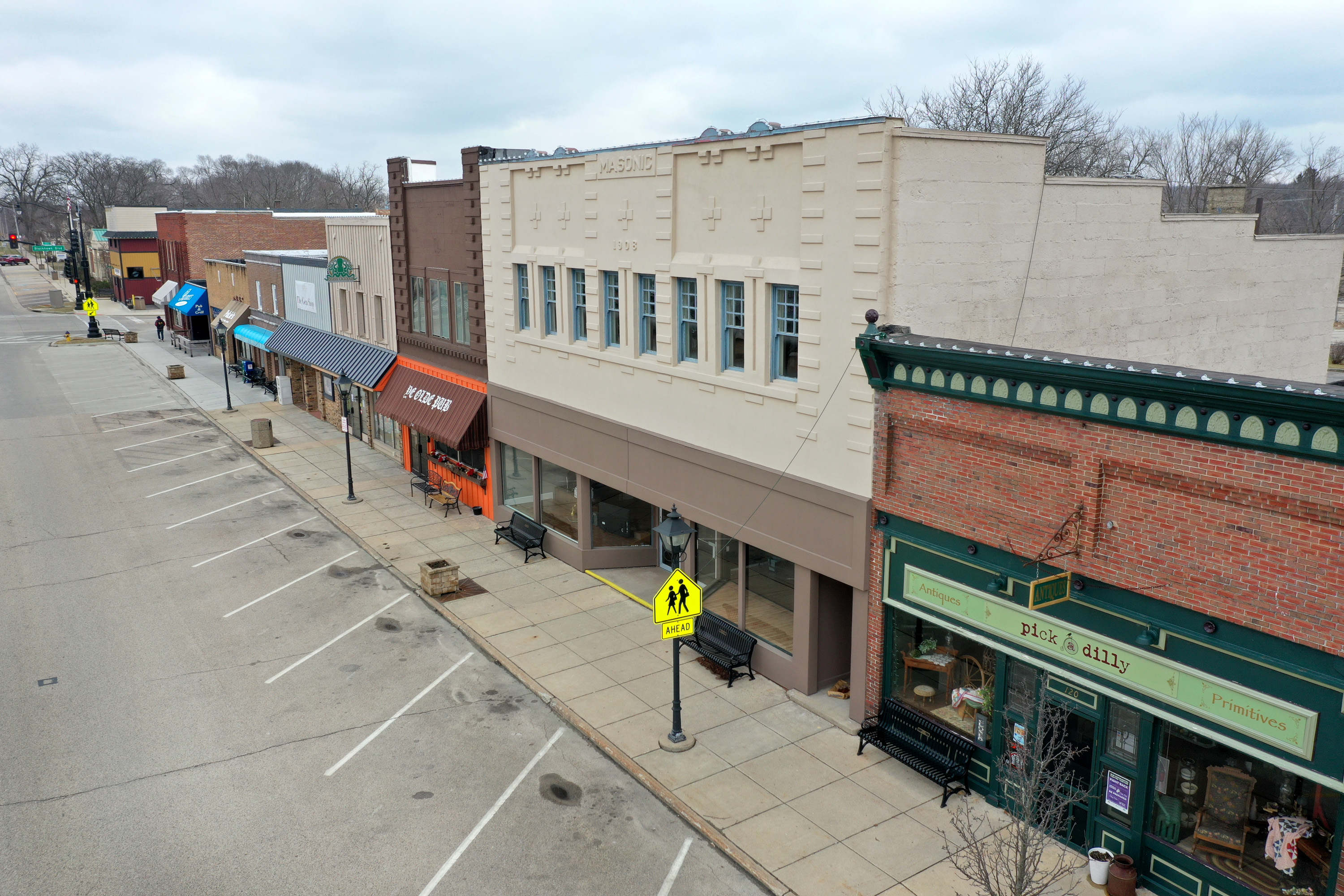 Can the government save small businesses?
Can the government save small businesses?The Explainer Many are fighting for a fair share of the coronavirus rescue package
-
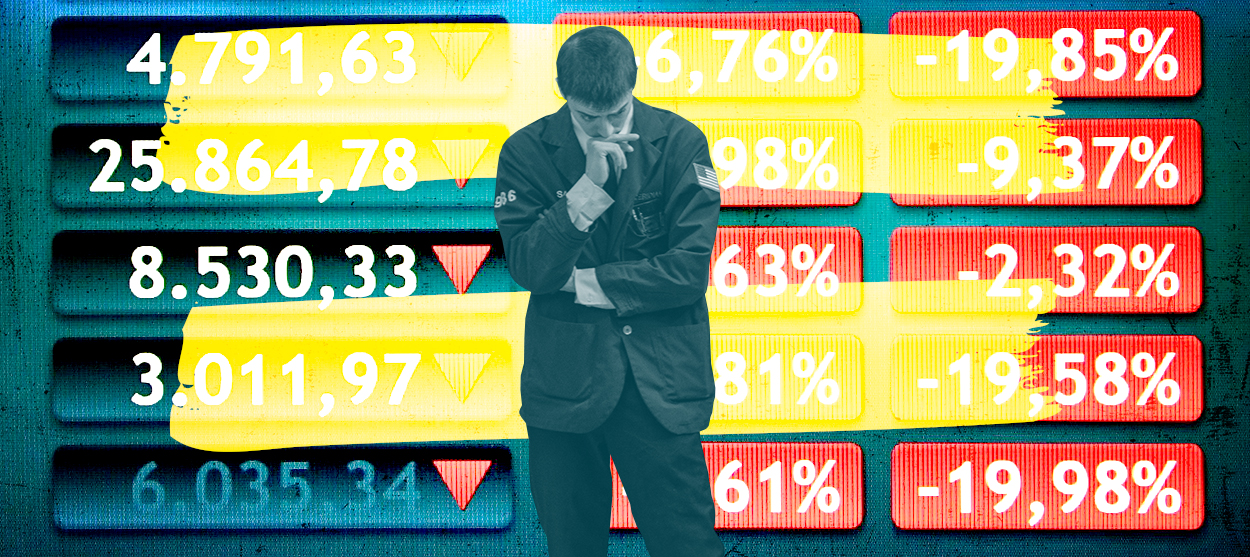 How the oil crash could turn into a much bigger economic shock
How the oil crash could turn into a much bigger economic shockThe Explainer This could be a huge problem for the entire economy
